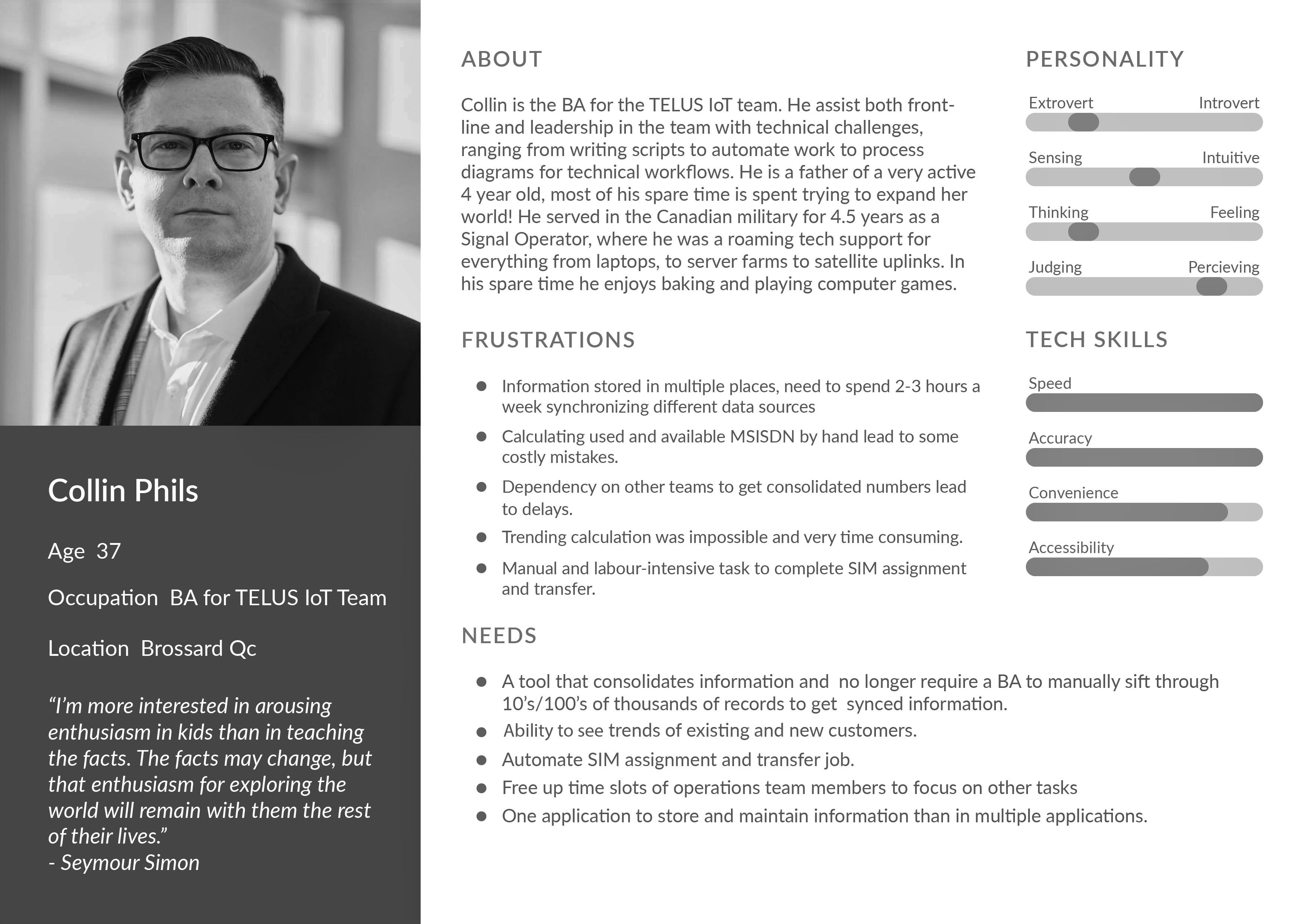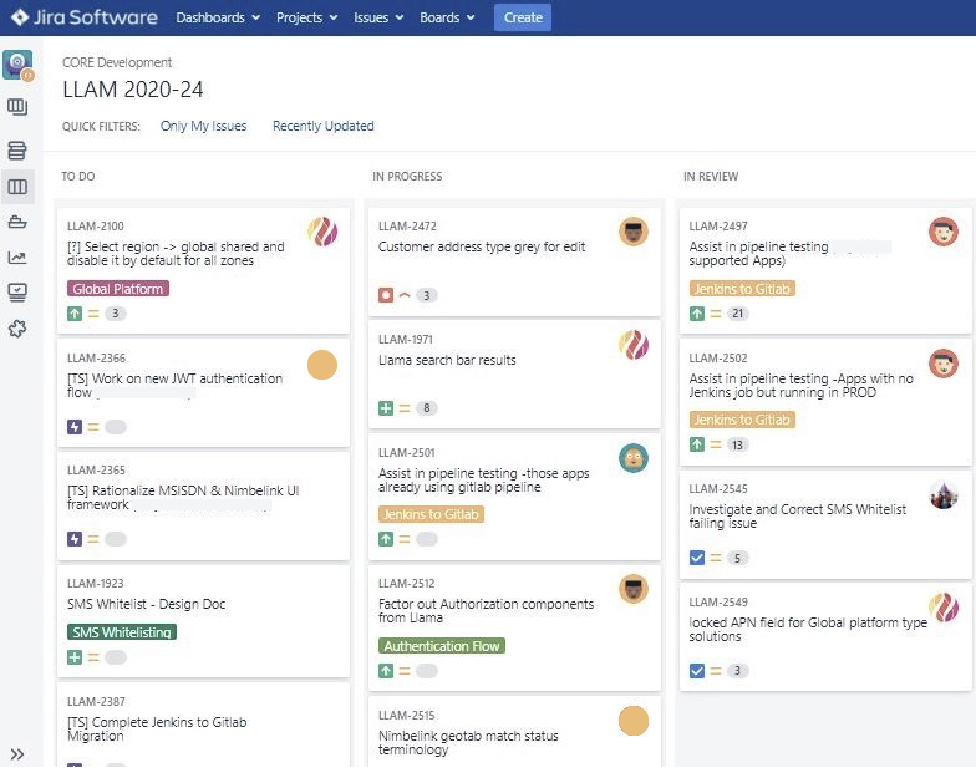Design Process
“Simplicity is the ultimate sophistication.” — Leonardo da Vinci
Discovery
I try to empathize with the users and define the problem at this stage. This is a key step that helps me to deep dive and understand the underlying business requirements. Some of the tools I use at this stage are as follows:
- Brainstorming
- Whiteboard/Sticky notes used to generate as many ideas with stakeholders
- Personas
- Defines demographics, abilities, skills, goals and motivations
- Mind Map
- High level mapping of the system

User Experience / User Interface Design
Prototypes are generated to convert ideas into concrete examples. Depending on the project timeline, various levels of prototypes are made. These prototypes goes through couple of iterations with the stakeholders to ensure all the requirements are captured. Some of the key processes and deliverables are:
- Co-design
- Mostly done on paper along with the product owner to understand the basic idea on what I need to design and to map which direction I need to proceed.
- Wireframes
- Low fidelity prototypes mostly done on whiteboard or paper
- Sitemaps
- Defines the hierarchy and the navigation structure
- User/Process flow diagrams
- Simple chart outlining the steps that a user takes
- High fidelity prototypes
- Clickable Prototypes are made in Adobe XD/Figma to confirm the final look and feel
- Design Testing
- Usability Testing are performed to capture feedbacks and changes are iteratively captured

Development
Before I start actual coding, I prefer to get all the user/job stories defined into small tasks to estimate the time and effort required to achieve the prototyped solution. Once the stories and their priorities are in place, the next step I take is to discuss the API spec and JSON structure with the respective backend developers. Agile methodology is opted in most of the projects I work with. This step results in the following out comes:
- User/Job stories
- Stories are captured on work management tools like Jira
- Open API Spec
- Payload and API definitions are defined using Swagger
- Working Application
- User Interface frontend coding as per the prototypes
- Unit Tests
- Unit tests are written to ensure the result when expected input is provided

Maintenance
Support and maintenance is an on going process to every project. There can be many instances where the stakeholders change their mind once they actually start using the service, this leads to further customizations and enhancements.
- Bug Fixes
- Bugs are resolved as quickly as possible.
- Enhancements
- Features are added selectively based on scope and priority to maximize the product's potential. Each feature undergoes similar design process and thorough testing before release to ensure quality.
